Cavendish of Cavendish
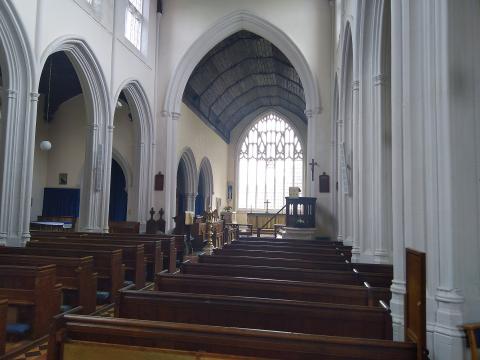
This is Cavendish Church in Suffolk, not far from the county boundary with Essex. Inside, it is airy and plain without some of the ancient and cluttered paraphernalia under whose weight some other ancient churches groan. Apart from a rather garishly painted sixteenth-century altar screen, the place’s beauty lies in its simplicity. A kindly lady was inside, cleaning, who seemed to welcome the distraction I offered.
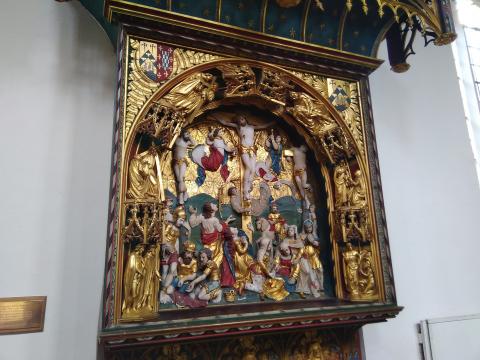
This church was not so clean and peaceful in the aftermath of the Peasants' Revolt of 1381. The local squire, Sir John Cavendish had a son (John junior) who was part of the royal party who killed Wat Tyler, the peasants’ leader. When the peasants of Cavendish discovered this, a mob of them hunted down old Sir John, himself a senior judge, in order to exact revenge for his heir’s offence. Sir John, as Chief Justice of King’s Bench, was tasked with enforcing labour laws and Poll Tax collection, so he was already an unpopular figure. He therefore fled to this very church, seeking sanctuary, grabbing hold of the church door in order to enter. They prised him off and carted him to Bury St Edmunds where he was duly beheaded.
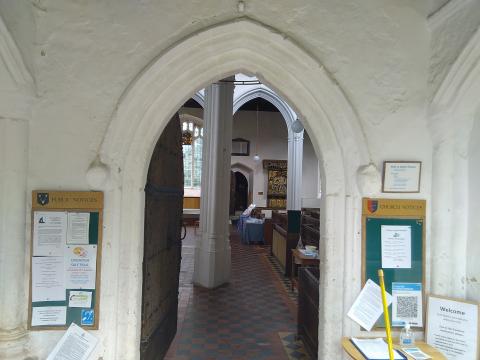
The Poll Tax was unfair and unjust, demanding all adult males pay a flat twelve pence to shore up the King’s leaky finances. The poorest, as usual, were hit hardest. That said, punishing Sir John for his son’s action and his King’s policies, seems unjust too. Denied sanctuary in church, he died an unpleasant and humiliating death. No one comes out of this story very well, except Cavendish church itself. In Sir John’s will, he bequeathed funds for the rebuilding of its chancel. Ironically, the very church whose sanctuary he was denied would be greatly improved by his death; the very people who killed him would have a grander place to worship as a result of their victim’s demise.
Sir John, like most medieval landlords and judges, may have been a selfish, conceited and vengeful man, not terribly easy to like. Yet his plight reminds me a little of the Lord Jesus' passion. Christ was unjustly killed by sinful men, yet it was those very sinners who would profit from His death. A beautiful church was thereafter established- not built of stones and mortar, but of people of every tribe and language. Having received no respite from His own executors, He freely gives it now to those who would follow Him.
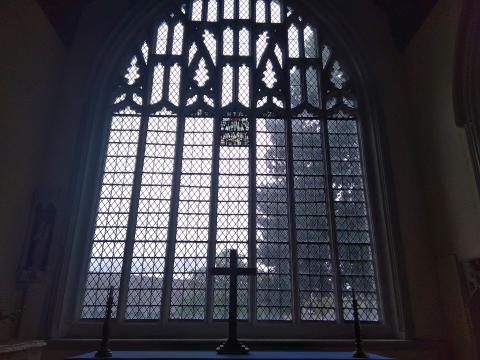
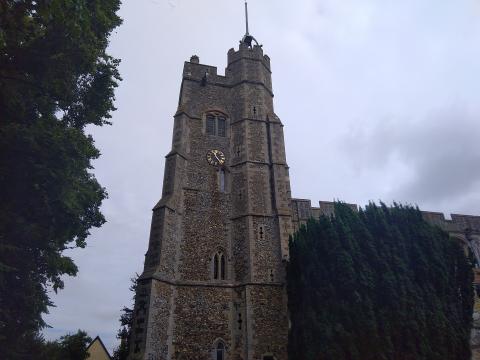
- Log in to post comments


 Sunday Worship 10.45am & 6.00pm
Sunday Worship 10.45am & 6.00pm